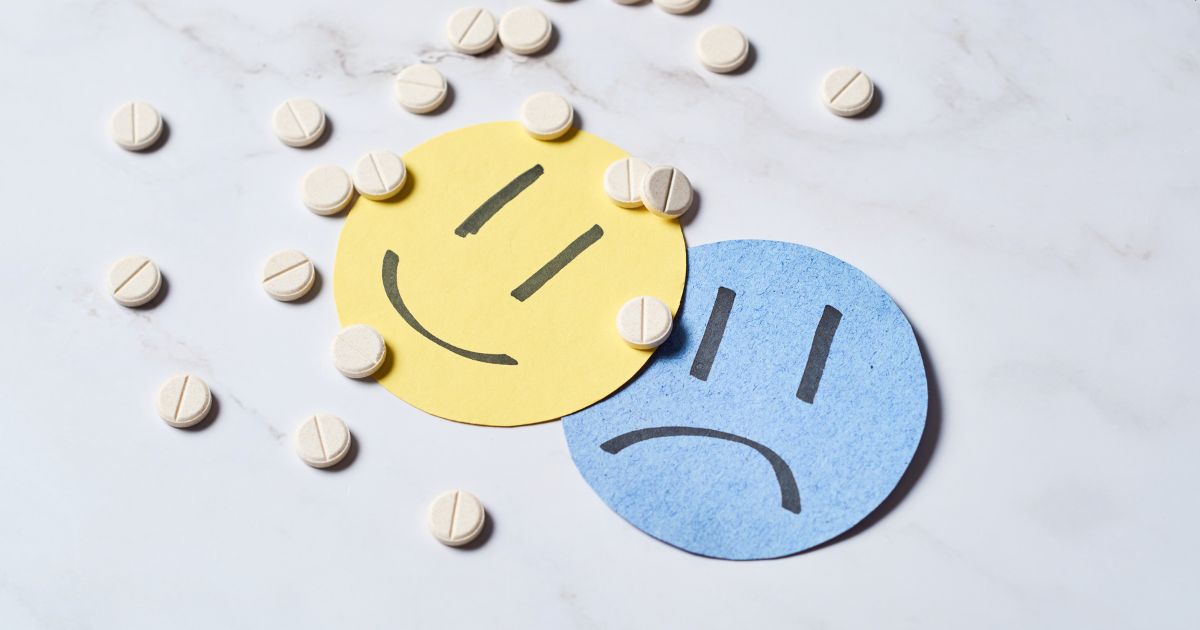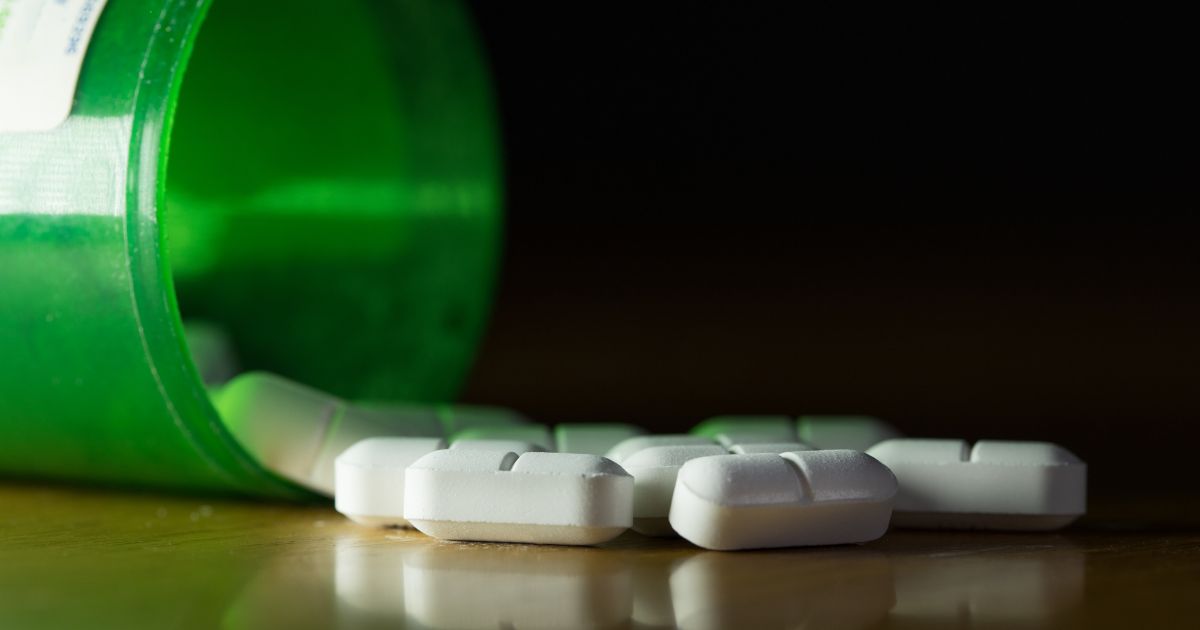Alcohol Use Disorder (AUD), also known as alcoholism, is one of the most common substance use disorders in the United States. The National Institute on Alcohol Abuse and Alcoholism estimates that 29.5 million Americans age 12 and older had an alcohol use disorder in the past year.
If you or a loved one is struggling with AUD or want to quit alcohol, South Coast Behavioral can help. In this article, we’ll discuss how to stop drinking alcohol, the benefits when you stop drinking, and alcohol addiction treatment options.
How to Tell When Drinking is a Problem
Drinking alcohol can sometimes transition from a casual or social activity to a more serious problem. Recognizing the signs of alcohol misuse or dependency can be key in identifying a potential problem and getting help. In many cases, people can increase their regular alcohol intake due to building a tolerance to drinking. That’s when alcohol detox may end up being necessary.
Here are some indications that drinking might be becoming a problem:
-
- Increased Tolerance — If you find you need to drink increasingly larger amounts of alcohol to feel its effects, it could be a sign of developing alcohol dependence.
-
- Neglecting Responsibilities — If drinking is causing you to miss work, or school, or neglect your household duties, this can be a sign of a problem.
-
- Drinking in Dangerous Situations — Drinking when it’s physically unsafe, such as before or while driving, or mixing alcohol with prescription medication against doctor’s orders, is a sign of problematic drinking behavior.
-
- Problems with Relationships — If your drinking is causing problems with your relationships, such as arguments with your partner or family members about your drinking, it might be a sign of a problem.
-
- Inability to Quit or Cut Down — If you’ve tried to stop drinking or to cut down and found that you can’t, it may indicate an alcohol dependence.
-
- Withdrawal Symptoms — If you experience withdrawal symptoms when you don’t drink, such as sweating, shaking, restlessness, nausea, or insomnia, you’ve likely developed a physical dependency on alcohol.
-
- Cravings — If you have a strong need or urge to drink, it can be a clear sign of a drinking problem.
-
- Neglecting Activities — If you’re giving up or cutting back on activities that were important or interesting to you, or gave you pleasure, to drink, this can be a sign of a problem.
-
- Continued Use Despite Negative Effects — If you continue to drink even though you know it’s causing physical, social, or psychological problems, it can indicate a serious issue.
-
- Loss of Control — Drinking more than you wanted to, for longer than you intended, or despite telling yourself that you wouldn’t do it this time, suggests alcohol is starting to take more control over your lifestyle choices.
-
- Legal Problems — If you’re facing legal problems, like DUIs, as a result of your drinking, it’s a clear sign that alcohol could be a problem.
If you or someone you know is displaying any of these signs, it’s important to seek help.
Get confidential help from our addiction treatment specialists in Orange County. Call to join our rehab program today!
Call 866-881-1184What are the Signs and Symptoms of Alcohol Abuse?
Signs and symptoms of alcohol abuse may vary by individual but generally include:
- Withdrawal symptoms — When alcohol wears off, a person may experience symptoms like restlessness, anxiety, irritability, nausea, sweating, tremors, and even seizures.
- Inability to control consumption — Despite attempts to limit or stop drinking, the individual often fails.
- Increased tolerance — You may notice the person needing to drink larger amounts of alcohol to achieve the same effects.
- Neglecting responsibilities — There might be performance issues at work or school, or neglecting household duties because of drinking.
- Continued use despite negative consequences — The person continues to drink despite recognizing that it’s causing problems such as health issues, worsening mental health, relationship conflicts, and legal troubles.
- Neglected activities — Abandoning activities or hobbies that were once enjoyed to drink.
- Cravings — The person might have a strong desire or urge to drink alcohol.
- High-risk drinking — Engaging in dangerous behaviors while or after drinking, such as driving or operating machinery.
- Spending a lot of time obtaining alcohol — The person might spend a lot of time drinking or recovering from drinking.
- Physical health issues — Chronic alcohol abuse can lead to numerous health issues, including liver disease, heart problems, digestive problems, and damage to the nervous system.
- Mental health problems — Alcohol abuse can also lead to or exacerbate mental health issues such as depression, anxiety, and insomnia.
- Difficulty in relationships — Alcohol abuse can cause strain in relationships with friends, family, and colleagues.
If you or someone you know is displaying signs of alcohol abuse, it’s crucial to seek help from healthcare professionals. Treatments for AUD and things like binge drinking can include behavioral therapies, medications, and support groups, and it’s important to know that recovery is very much possible. The sooner help is sought, the better the outcomes are likely to be.
How to Stop Drinking Alcohol
If you’re thinking about how to stop drinking alcohol without necessarily going into treatment, give these methods a try:
- Recognize the Problem — The first step is to recognize and admit that you have a problem with alcohol. This self-realization is crucial in initiating your journey to sobriety.
- Reach Out for Support — You don’t have to do it alone. Reach out to close friends, and family, or consider joining a support group such as Alcoholics Anonymous (AA). The people who have gone through similar experiences can be a great source of motivation and advice.
- Set Clear Goals — Set clear, specific goals for yourself. This could be choosing certain days where you will not drink at all, or setting a limit on the number of drinks you will have when you do drink.
- Remove Temptations — Get rid of all the alcohol in your home to remove the temptation. Avoid situations where you know alcohol will be present until you’re more confident in your ability to resist.
- Find Alternatives — Replace your drinking habits with healthier alternatives. This could be taking up a new hobby, exercising, or finding non-alcoholic beverages that you enjoy.
- Practice Healthy Living — Regular exercise, a balanced diet, good sleep hygiene, and mindfulness practices like meditation can all contribute to better overall well-being and make it easier to manage cravings.
- Counseling and Therapy — Professional help can be invaluable for someone trying to quit drinking. Therapists, counselors, and psychologists trained in addiction can provide you with strategies and techniques to manage cravings, deal with relapses, and address any underlying mental health issues that may be contributing to your alcohol use.
- Stay Patient and Persistent — Remember that sobriety is a journey and it’s okay if progress is slow or if there are setbacks. Don’t get discouraged; rather, focus on each small victory and keep moving forward.
- Plan for Triggers and Cravings — Cravings for alcohol can be strong, especially in the first few days and weeks. Have a plan for how you will handle these situations when they arise. This could be calling a friend, going for a walk, or practicing a relaxation technique.
Remember, getting help is the most important step. If you’re finding it hard to quit drinking on your own, plenty of professionals and organizations are ready to support you.
What if I Can’t Stop Drinking on My Own?
Many people find it hard to stop drinking alcohol on their own. Luckily, there are lots of treatments available for AUD.
Addiction treatment begins with detoxification (or ‘detox’ for short). A variety of sedative drugs can help manage alcohol withdrawal symptoms.
Drugs used to treat alcohol addiction include:
- Naltrexone
- Disulfiram
- Insomnia
- Topiramate
- Baclofen
The recovery process can take two to seven days. After this, treatment of the psychological issues at play can begin.
Therapies can include:
- Cognitive-behavioral therapy (CBT)
- Dialectical-behavioral therapy (DBT)
Alcohol dependence carries serious health risks. It undermines a person’s willpower, making it difficult for them to stay sober without support. Addiction treatment is crucial to help them along their recovery journey.
Looking for quality substance abuse treatment that’s also affordable? South Coast accepts most major insurance providers. Get a free insurance benefits check now.
Check Your CoverageAlcohol Addiction Treatment at South Coast Behavioral Health
Alcohol addiction is a serious issue that can impact one’s physical health, mental well-being, relationships, and daily life activities. If you or a loved one is suffering from the effects of alcohol addiction, South Coast Behavioral Health can help.
Before beginning treatment with us, you’ll go through our comprehensive medical detox program here in Southern California. We offer gender-specific detoxes in Irvine and Huntington Beach for men and women, respectively.
Residential Treatment in Costa Mesa, Irvine, and Huntington Beach
After successfully completing medical detox, you’ll transition to residential treatment, also known as inpatient treatment. Our Southern California residential treatment program offers highly structured environments and experts in treating addiction to depressants like alcohol.
There, you’ll receive medically-assisted treatment and dual diagnosis treatment to deal with any cravings or co-occurring mental health issues you may be battling. In addition to individual and group counseling, you’ll also have access to leisure activities and family support services.
Partial Hospitalization in Newport Beach
A step down from inpatient care but with more structure than conventional outpatient programs, a partial hospitalization program offers a good balance for those looking to ease back into normal life.
Clients undergoing Partial Hospitalization in Newport Beach can receive care five to seven days a week for a number of hours each day. When therapy sessions end, clients can go back home or to a sober living home in the evening.
This way, they can recover without putting their daily lives on hold. Intense therapeutic interventions like group and individual therapy, skills development, and medication management work around your schedule.
Intensive Outpatient Treatment in Newport Beach
Clients undergoing Intensive Outpatient Treatment in Newport Beach participate in intensive therapy sessions. These meet three to five days a week, with each session lasting three hours. This level of care is a step down from partial hospitalization, requiring less time commitment.
IOPs offer participants the ability to continue their employment or academic obligations. They can also receive support and therapy as needed, as they prepare to reenter society.
We can also help with sober living and aftercare for alcohol addiction so you put yourself in the best position to get sober once and for all.
Start Today
A treatment center can help you end alcoholism once and for all. Our rehab facility has treatment programs for alcohol abuse you can benefit from. Whether you want to stop drinking alcohol for 3 weeks, 3 months, or 3 years, our alcoholism recovery options are here to help. We understand the most effective ways to stop drinking alcohol and can guide you along your journey to a brighter future. Heavy drinking for long periods is hazardous to your health. Withdrawal symptoms can happen to your body when you stop drinking. Turn things around and end the desire to drink with our help.
If you or a loved one are struggling with alcohol addiction but wonder how long addiction treatment takes or would like additional information, call us at 866-881-1184. Our highly qualified staff will be happy to help give you an idea of what to expect from your addiction recovery timeline, verify your insurance, and assist with any other questions you may have about ending alcohol consumption. You can quit drinking alcohol, we can help.









